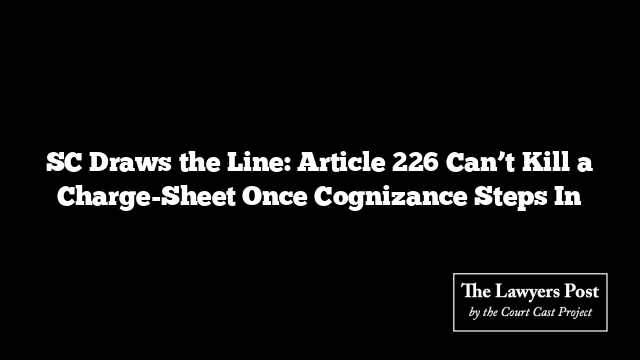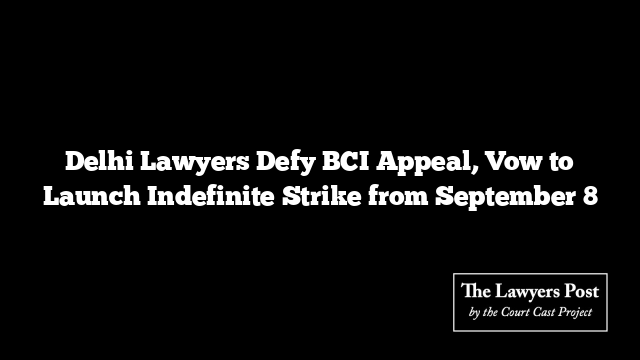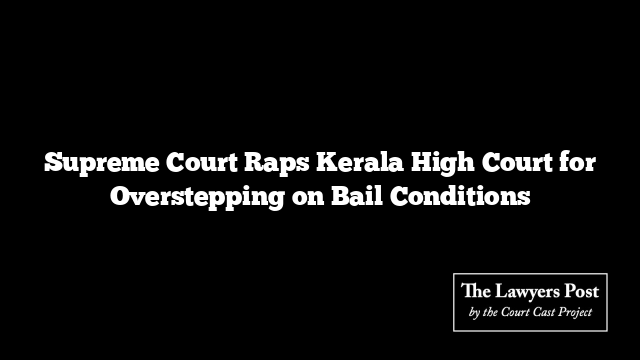The Supreme Court has clarified a crucial procedural crossroad—Article 226 of the Constitution may open the door to quashing an FIR or charge-sheet, but that door slams shut once a magistrate takes cognizance. After that point, the route to challenge lies under Section 528 of the Bharatiya Nagarik Suraksha Sanhita (the successor to Section 482 CrPC).
The bench of Justices Dipankar Datta and Prashant Kumar Mishra made it clear: before cognizance, writ jurisdiction under Article 226 may be invoked to nullify an FIR or charge-sheet. But once a judicial order of cognizance is passed, Article 226 no longer applies—though Section 528 BNSS remains available to challenge not just the FIR and charge-sheet, but also the very order taking cognizance, provided the pleadings are properly laid out.
This clarification came while overturning a Bombay High Court ruling that had dismissed a writ petition as “infructuous” merely because a charge-sheet had been filed during its pendency. The top court said the High Court had misapplied its earlier decision in Neeta Singh v. State of UP (2024). In that case, the petition was solely under Article 226, where the cognizance order itself was challenged—something the Court had held was impermissible.
But the present case was different. The petitioner had invoked both Article 226 and Section 528 BNSS, giving the High Court jurisdiction to test the validity of the FIR, the charge-sheet, and even the cognizance order. By overlooking this factual distinction, the Supreme Court said, the High Court had shut its doors prematurely, resulting in a miscarriage of justice.
The apex court therefore revived the writ petition and sent it back to the roster bench of the Bombay High Court to be heard afresh.





